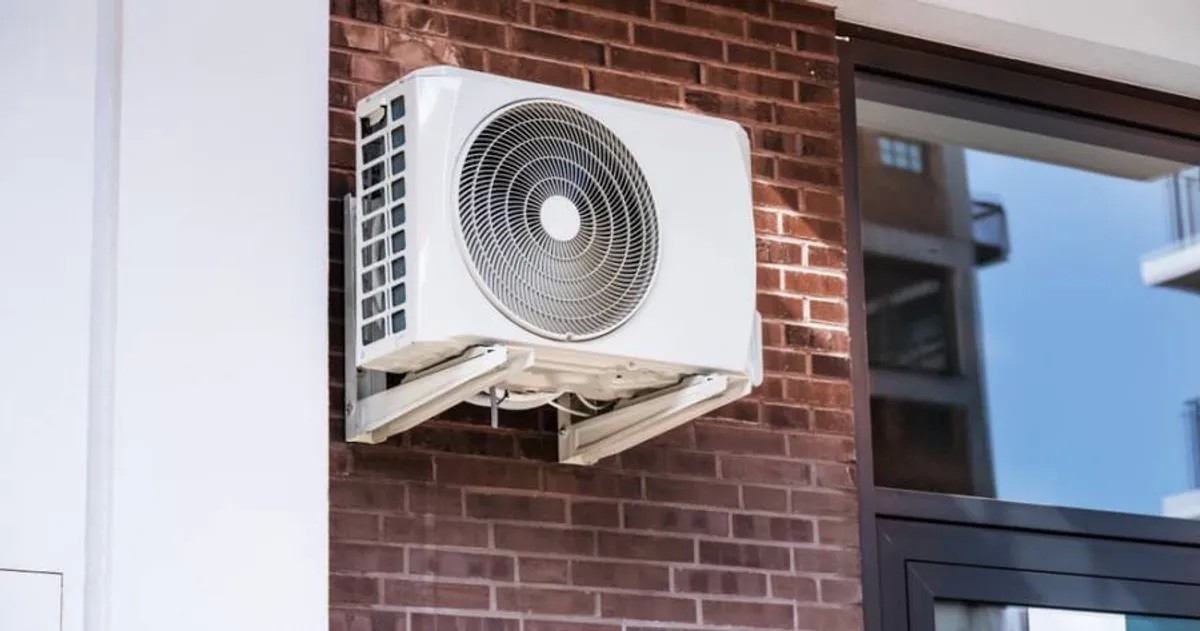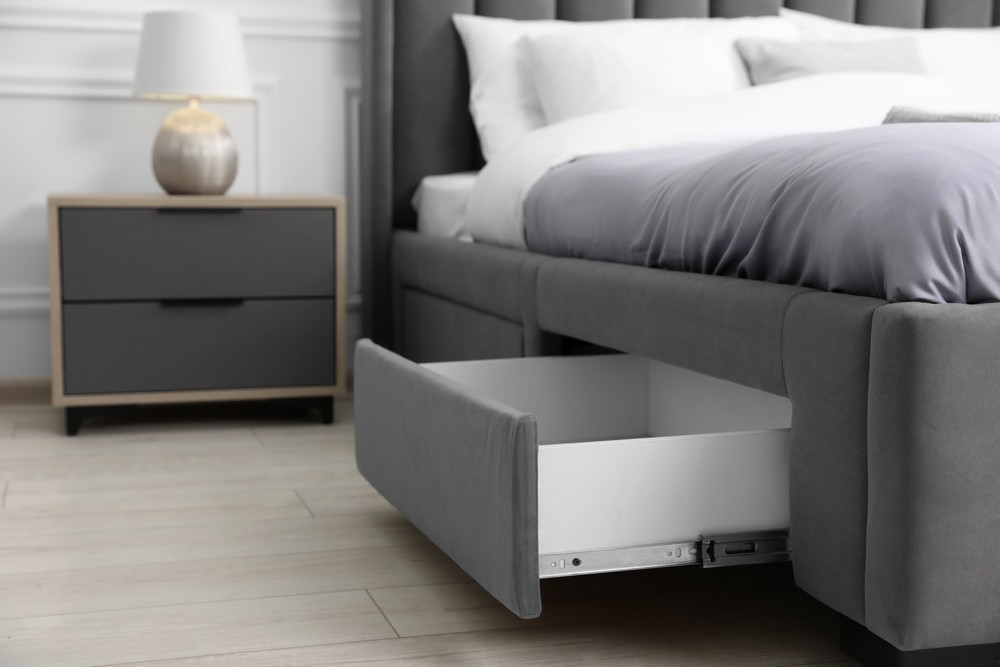Imagine coming home to a cool, refreshing environment without the eyesore and inefficiency of traditional air conditioning systems. That's what ductless AC systems offer. If you're considering upgrading your home’s cooling system, understanding how ductless AC systems work is your first step towards a cooler, more comfortable home.

What is Ductless AC Installation?
Ductless air conditioning, also known as a mini-split system, is a modern solution for cooling individual rooms without requiring extensive ductwork. Unlike traditional central air systems that rely on ducting throughout the house, ductless systems are composed of two primary components: an indoor unit placed inside the room and an outdoor unit positioned outside the building. The two units connect via refrigerant lines through a small drilled hole in the wall, allowing for efficient thermal exchange.
The allure of a ductless system is its simplicity and customization. Individual indoor units can be wall-mounted and controlled independently, allowing for room-specific temperature settings. This flexibility makes them an ideal fit for homes lacking existing ductwork, historical buildings, or new additions where extending ductwork is impractical. Furthermore, ductless systems can significantly enhance energy efficiency. Since they avoid the duct losses associated with central air conditioning systems, the distribution of cooled air is far more efficient.
Efficient Cooling Without the Ducts
One of the significant advantages of ductless AC systems is their ability to provide efficient cooling without the need for ducts, which can be a source of energy consumption and loss. According to studies, up to 30% of energy consumption for space conditioning can result from duct losses in traditional systems. In contrast, ductless systems eliminate this problem, delivering air directly into different zones within a home. This approach not only saves energy but also results in reduced utility bills over time.
Moreover, ductless systems tend to have higher Seasonal Energy Efficiency Ratio (SEER) ratings compared to their traditional counterparts. The SEER rating is a measure of an AC system’s cooling output during a typical cooling season divided by its total energy consumption. A higher SEER rating indicates greater efficiency and cost-effectiveness. Therefore, opting for a ductless system can be both an environmentally and economically sound decision.
Learn More About Ductless AC Installation
When considering the installation of a ductless air conditioning system, it’s essential to understand the steps involved and the considerations that may impact the effectiveness of your system. The installation process may appear daunting, but with a few basic tools and an understanding of the process, it can be a manageable project for those with some DIY experience. For a comprehensive step-by-step guide, you can refer to this detailed resource which outlines the essential steps and tools you will need.
Start by selecting a suitable location for both the indoor and outdoor units. The indoor unit should be mounted on a sturdy wall capable of supporting its weight, placed in an area free from obstructions for optimal air circulation. The outdoor unit, on the other hand, should be mounted on a flat surface to prevent vibrations and secured in a shaded area to enhance efficiency.
Next, drill a hole in the wall to run the refrigerant lines, drainage pipes, and electrical cables from the indoor unit to the outdoor unit. Proper sealing of this penetration is crucial to prevent air and moisture intrusion. Connect the refrigerant lines carefully, ensuring no leaks that can lead to reduced efficiency and potential system damage.
Once installed, test the ductless system for optimal performance by checking that the indoor unit is cooling effectively and that the outdoor unit is operating without noise or vibration issues. By maintaining your system with regular cleaning of filters and checking refrigerant levels, you can ensure longevity and continued efficiency.
For additional information on the benefits and drawbacks of ductless AC systems, you might want to explore this resource, which delves into the viability of ductless solutions for various homes.
Why Choose Ductless AC Systems?
The choice of installing a ductless AC system is guided by several factors, including energy efficiency, flexible installation, and superior air quality. Traditional HVAC systems often circulate air through long ducts, which can introduce dust and allergens into a living space. Ductless systems help mitigate this issue by reducing the pathways for potential contaminants, making them an excellent choice for people with allergies or respiratory concerns.
Moreover, these systems are sleek and unobtrusive, blending aesthetically with modern home designs. Their quiet operation compared to the noisy hum of window units or older systems further enhances home comfort. The reduction in noise pollution, especially in work-from-home settings, allows for a more serene living environment.
Financial Incentives and Rebates
While the initial investment in a ductless AC system may be hefty, numerous financial incentives and rebates can help offset the cost. Many governments and utility companies offer rebates for homeowners who install energy-efficient systems. Checking with local energy providers or governments for available programs is recommended to make the most out of your investment.
The US Department of Energy often lists rebates and incentives for energy-efficient home improvements. Additional information can be found on home improvement retailers such as The Home Depot, providing various options for mini-split air conditioners and potential savings.
Conclusion
In conclusion, ductless AC systems offer an elegant solution for maintaining comfortable indoor environments without the complexity of traditional ductwork-based systems. They are energy-efficient, provide improved air quality, and have flexible installation options that can adapt to the requirements of virtually any home. As you consider installing a ductless system in your home, weigh the benefits of energy savings, enhanced air quality, and the aesthetic and customizable advantages they offer. The transition to a ductless system could be a step towards a more efficient and environmentally friendly home cooling approach.




